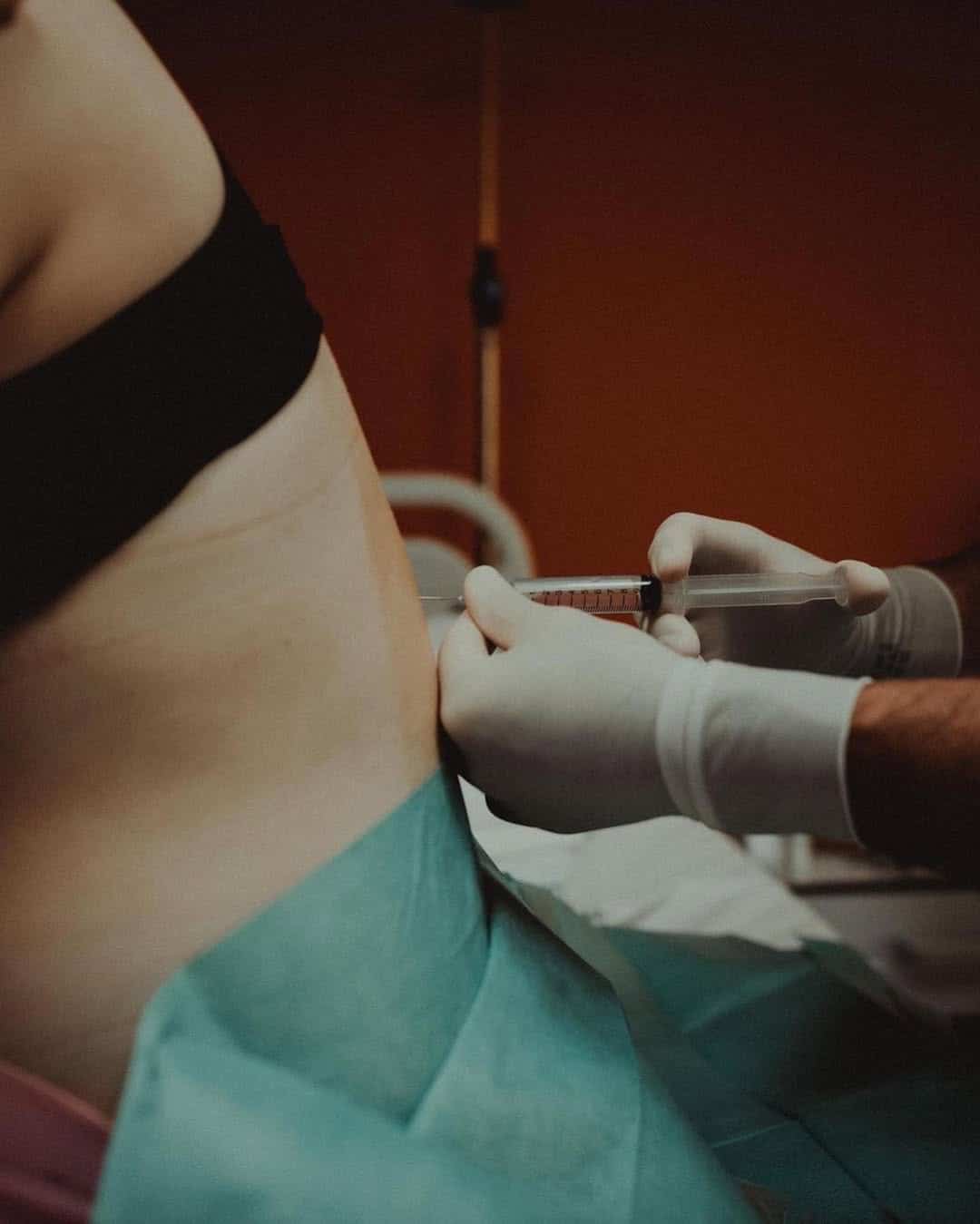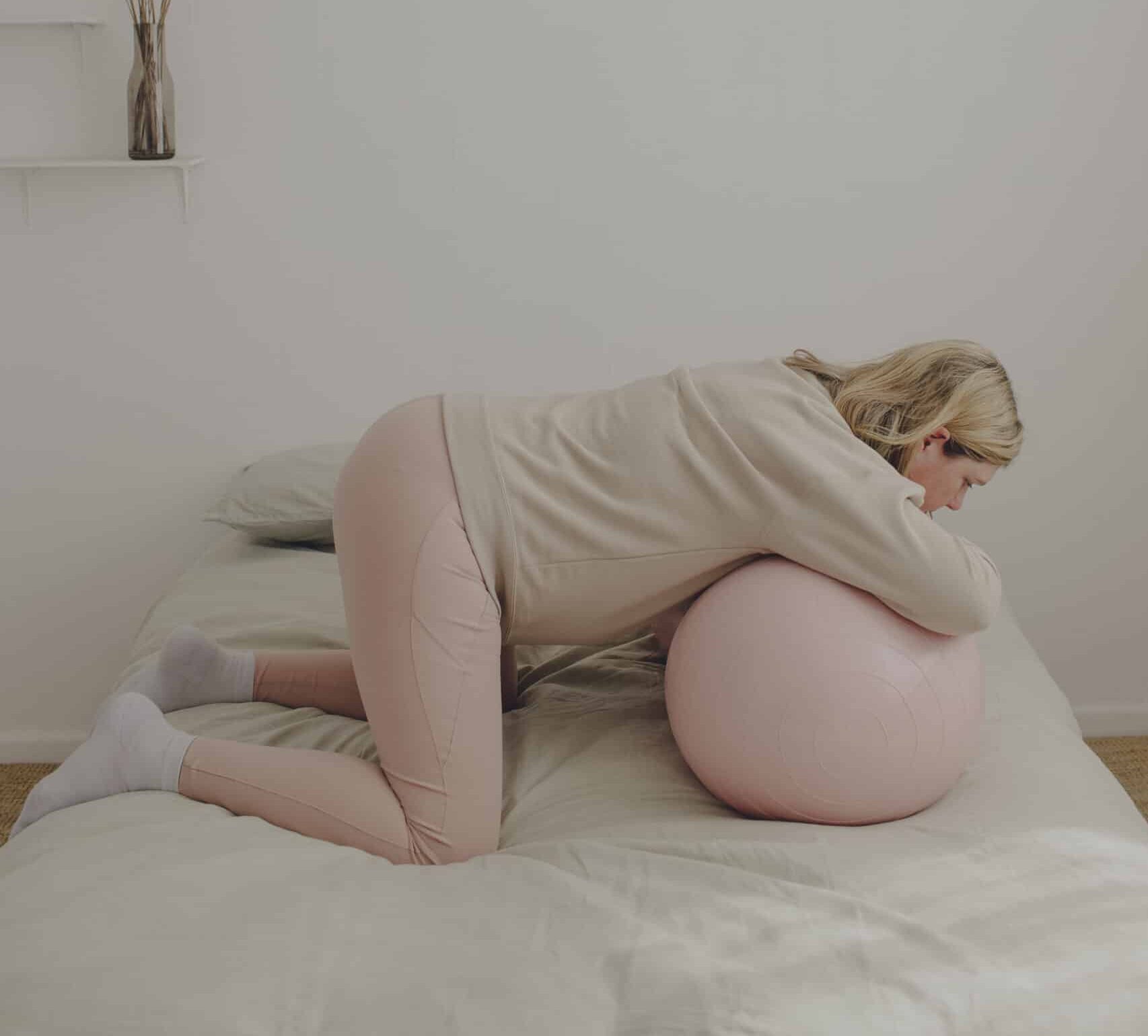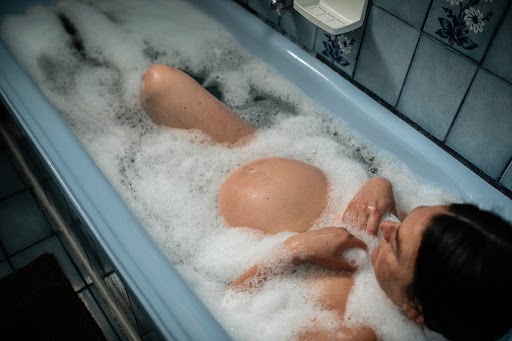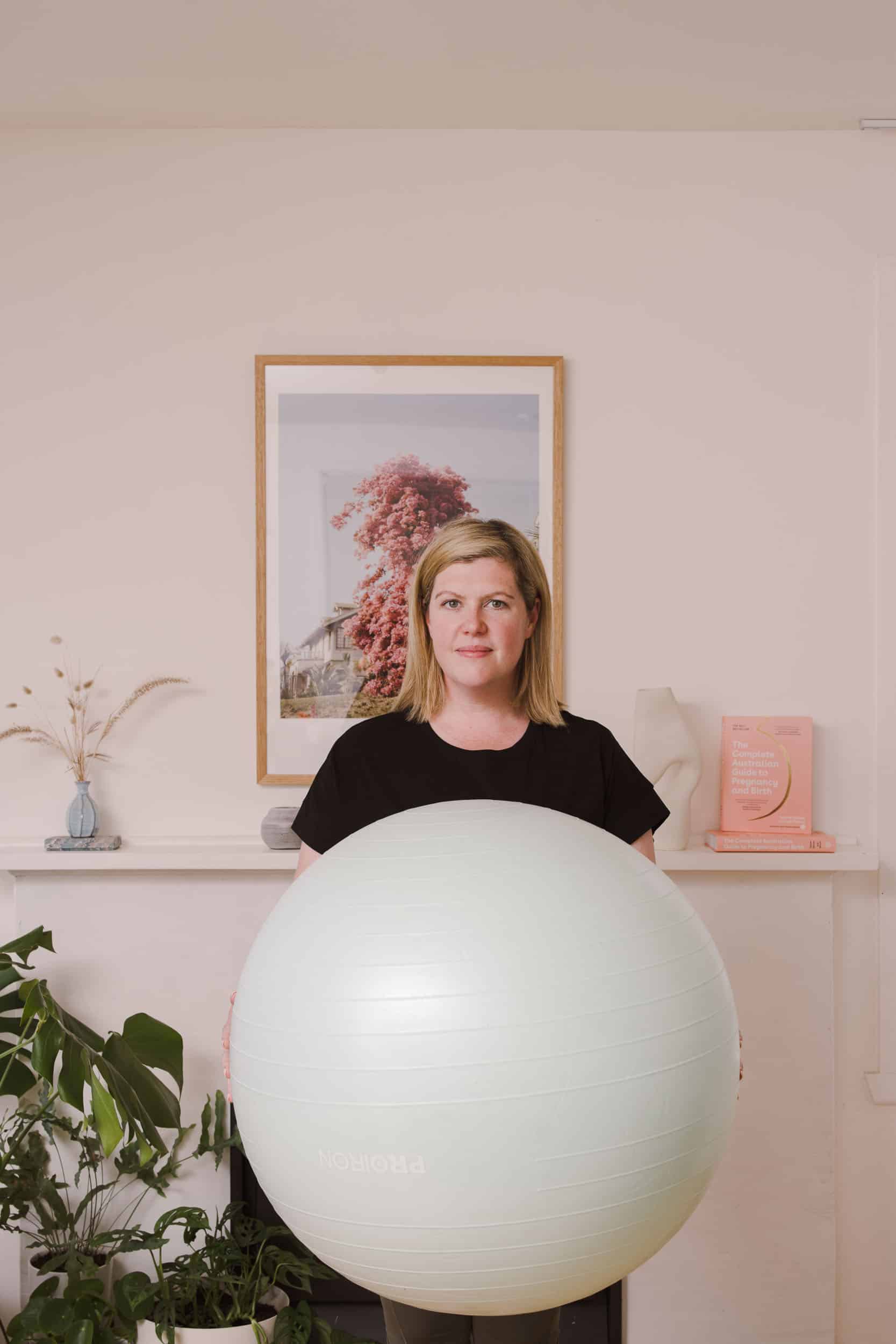Birth Six things you may not know about the hours after a caesarean birth
Six things you may not know about the hours after a caesarean birth

If you’re preparing for a caesarean birth, you’re no doubt thinking about what will happen in the operating theatre and what your recovery will be like. Here’s a few things you can expect:
- It takes longer to stitch you up than it does to birth your baby. Once you’re in theatre your baby will be born within 10 minutes (even quicker if it’s an emergency caesarean). Once the umbilical cord is cut and your placenta is removed, your obstetrician will start suturing. You can expect this to take up to 45 minutes.
- The shakes are really common and are a response to the cold of the theatre, adrenaline rushing through your body and/or your medication. They can be disconcerting but try to remember that it’s a normal experience that your midwife will address.
- You’ll spend an hour in recovery where you’ll be closely monitored by a midwife. Your birth support person and your baby will likely be with you (this may not be the case if you have any complications). If you plan to breastfeed, your midwife will encourage you to practise skin-to-skin and will help you latch your baby.
- Once you’re on the postnatal ward, you’ll still have the epidural in and your midwife will chat up you about pain relief. Be really honest about the pain you’re experiencing in the hours after birth, that way your midwife will help you stay on top of it. Sometimes the medication will cause you to itch; again this isn’t unusual but make sure you communicate clearly with your care provider about what you’re experiencing.
- Gentle movement while you’re in bed is really helpful for your recovery. Once you regain feeling in your legs, practice ankle bends and ankle rotations to encourage blood flow. You may also be feeling tight in the neck and upper back so rotation your shoulders back and down can help relieve obvious tension.
- You won’t be able to shower till your epidural / spinal block and catheter is removed so expect a sponge bath in the meantime. When it is time for you to shower, you’ll have the assistance of a midwife. The first time you get out of bed can be confronting but lean on the physical support of your partner and midwife and request a chair for the shower if you feel like you need it.
The Caesarean Birth Class features audio modules with leading obstetricians and health specialists that take you step-by-step through your planned caesarean and recovery.
Find out more at The Caesarean Birth Class.
Our Silicone Gel Scar Strips are designed to hydrate and protect scars to improve their appearance and reduce any associated discomfort. Made from the highest quality medical-grade silicone, this scar treatment is safe and effective in preventing, softening, flattening and fading, red and raised scars – both new and existing.
Categories
Related Products
-
The Caesarean Birth Class
4 reviews$198.00The empowering online childbirth education program that will help you confidently prepare for birth.
Get your copy of our Perineal Massage Guide in your inbox
Keep Reading
We think you might enjoy these articles
@AustralianBirthStories
Follow along with us
@AustralianBirthStories
Follow along with us
@AustralianBirthStories
Follow along with us
@AustralianBirthStories
Follow along with us
@AustralianBirthStories
Follow along with us
@AustralianBirthStories
Follow along with us
@AustralianBirthStories
Follow along with us
@AustralianBirthStories
Follow along with us
@AustralianBirthStories
Follow along with us
@AustralianBirthStories
Follow along with us
@AustralianBirthStories
Follow along with us
@AustralianBirthStories
Follow along with us








